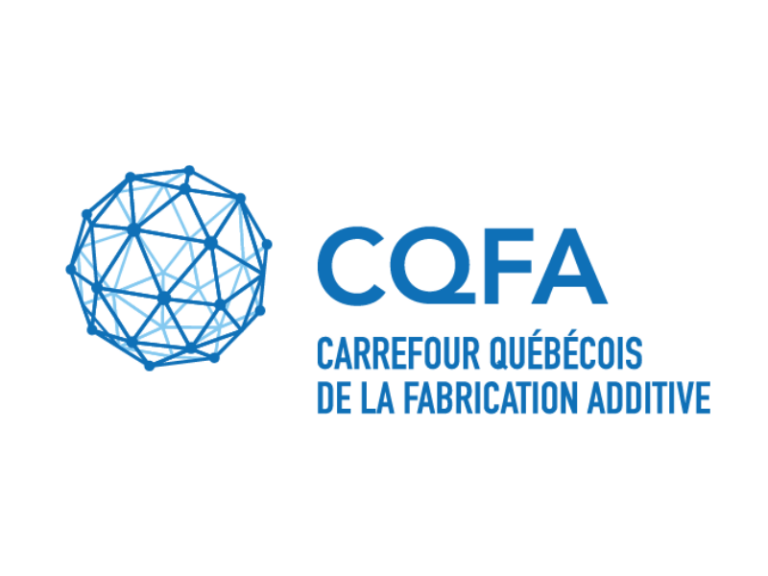
2023/01/18
Effet des paramètres de fabrication additive et de post-traitement sur les performances de l’acier maraging : étude de sensibilité, exploration, modélisation et optimisation de la technique de la fusion laser sélective et des post-traitements appliqués à l’acier maraging (C300)
Habassi, F. (2022). Effet des paramètres de fabrication additive et de post-traitement sur les performances de l’acier maraging : étude de sensibilité, exploration, modélisation et optimisation de la technique de la fusion laser sélective et des post-traitements appliqués à l’acier maraging (C300). Thèse.
Selective laser fusion (SLM) is a promising process, which is under development thanks to the technical innovations and the active research works which have emerged in recent years. Maraging steel (C300), which belongs to the range of metals affected by additive manufacturing thanks to its good printability, has been used in different fields, such as tooling, casting, aerospace, and automotive, due to its high mechanical characteristics. However, some limitations are still there, including the cost of production, the necessity of post-treatment of as-built parts, and the unchecked effects of various process parameters and heat post-treatment characteristics. Therefore, the selective laser melting of maraging steels is still a curious subject of research and development. However, much remains to be done to perfect the use of the SLM technique to produce complex high-strength parts, in order to have a cost-effective and efficient process. In this paper, the influence of several thermal routes on the different mechanical properties of SLM-steel maraging (C300) as well as the sensitivity of these mechanical properties to process parameters, especially laser power, scanning speed, space hatching, and laser energy density, have been investigated experimentally. To this end, several series of experiments have been carried out within the framework of the research by varying the parameters of SLM and heat treatments to obtain satisfactory data for further analysis in depth. SLM process and heat treatment parameters were measured for their effect on defect formation, microstructure, and mechanical properties. Statistical tools such as ANOVA are used for this preceded by an experiment planning using the Taguchi method and a full-factorial design. The optimization is done using numerical tools which are iterative and algorithmic methods helping to find the optimal values. The results of the study showed the effectiveness of this approach by highlighting the sensitivity and contribution of heat treatments in terms of mechanical performance.